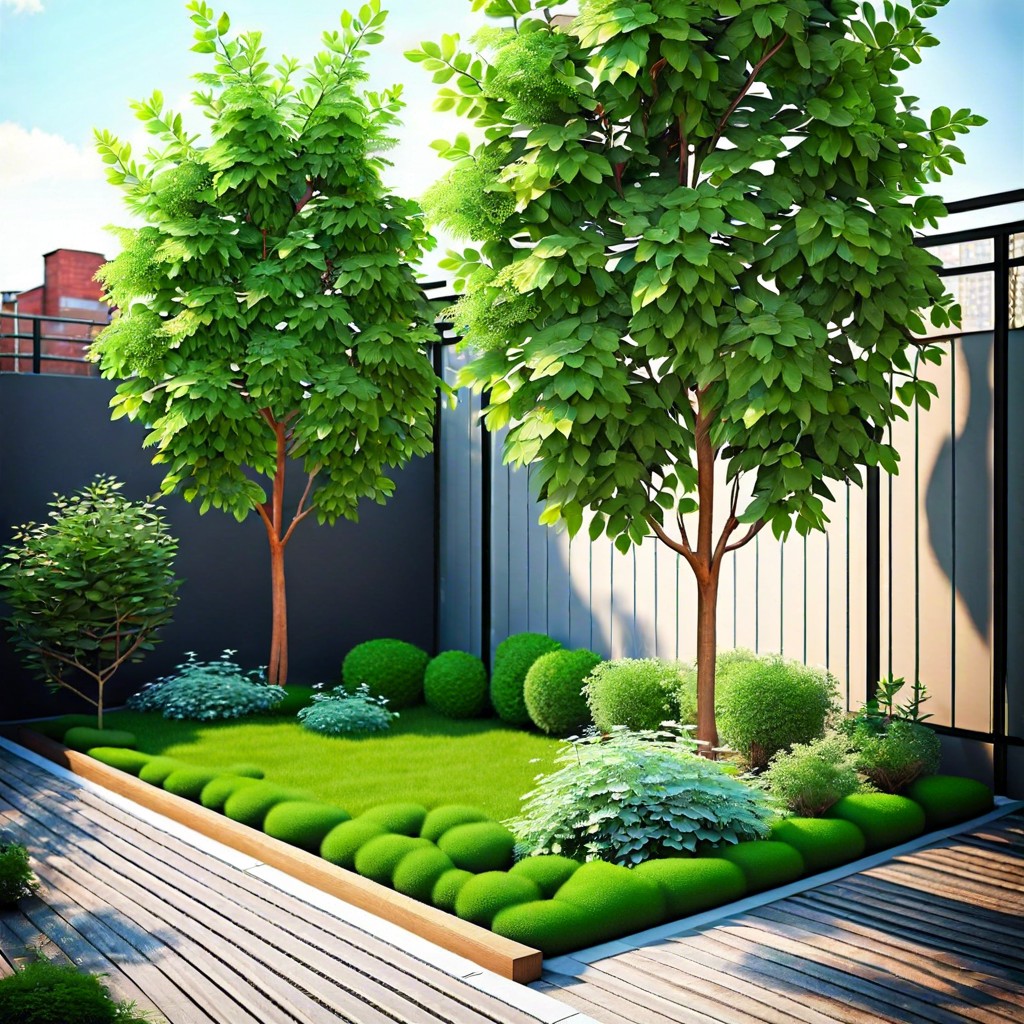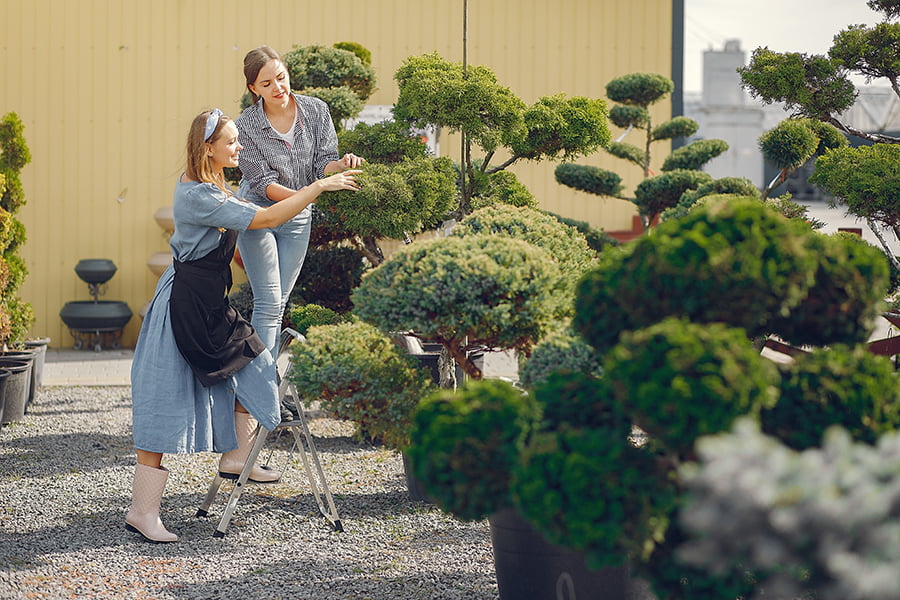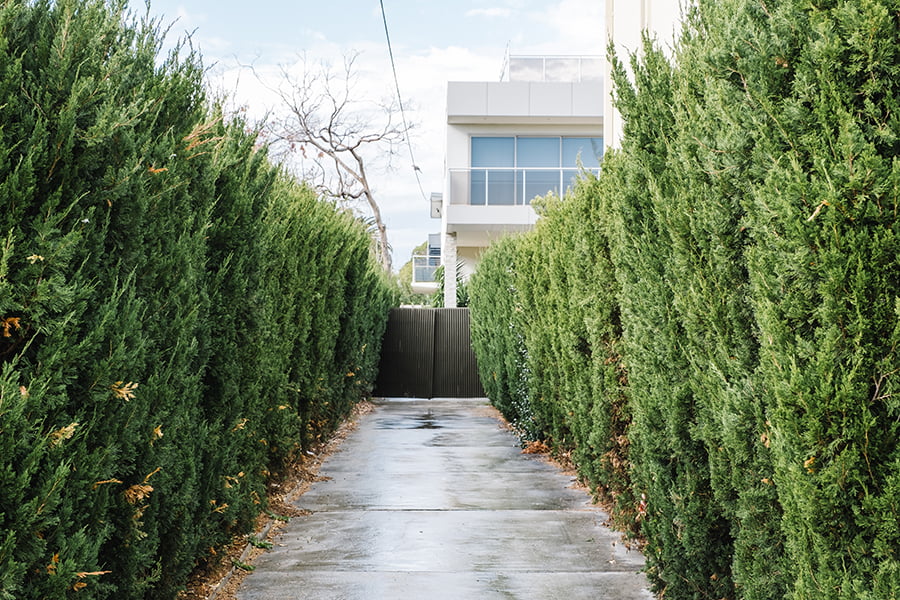Discover the varieties, benefits, and care tips for small trees perfect for complementing limited space gardens or enhancing larger landscapes.
Key takeaways:
- Small trees are compatible with limited garden spaces and require less maintenance.
- They contribute positively to the environment by filtering air pollution and providing habitat for wildlife.
- When choosing a small tree, consider the size, soil type, purpose, maintenance level, and climate.
- Small trees require consistent watering and the right amount of sunlight for optimal growth.
- Small trees can be used for privacy, shade, and aesthetics in the garden, depending on the species chosen.
Benefits of Planting Small Trees

Small trees can have a big impact when it comes to enhancing your outdoor space. One of their most significant advantages is their compatibility with limited areas. If you have a smaller garden, these trees won’t overwhelm the space and allow for diverse landscaping. Additionally, they typically require less maintenance than larger trees, which means less pruning and a reduced risk of root system problems that can disturb sidewalks or foundations.
They also contribute positively to the environment, albeit on a smaller scale. Their leaves filter air pollution and provide oxygen, while their branches offer habitat and food for birds and other wildlife. Plus, even in urban areas, small trees help to soften the hard landscape and can improve mental well-being by bringing a sense of nature to concrete surroundings.
From a practical standpoint, small trees can serve as natural windbreaks and contribute to reducing noise pollution. Moreover, they can add to your property’s aesthetic appeal, increasing its value with the right placement and selection. Indeed, flowering varieties add a seasonal splash of color, while evergreens maintain a constant hue all year round.
The versatility of small trees cannot be underestimated; they can be planted in garden beds, as stand-alone features, or even in containers, making them a perfect choice for patios and balconies. Given these benefits, small trees are not just an option for those with spatial constraints, but a charming addition with numerous practical advantages for any garden enthusiast.
Choosing the Right Small Tree for Your Garden
Selecting an ideal small tree for your garden can be an exciting endeavor, offering a chance to enhance your landscape while considering practical elements. Start by assessing the space available; this will help you determine an appropriate tree size, both in height and canopy spread. Growth potential is key—make sure the full-grown tree will fit nicely without overcrowding or infringing on structures.
The next step is to evaluate the soil type in your garden because some trees thrive in sandy soils while others prefer clay. Soil testing kits are handy tools to ascertain pH levels and nutrient content, ensuring compatibility between the tree and its future environment.
Think about the purpose of the tree in your garden. Are you looking for a splash of seasonal color, perhaps from a flowering dogwood or a vibrant Japanese maple? Maybe the priority is attracting wildlife with a berry-producing serviceberry tree. If your goal is privacy, species like the ornate but compact crabapple could be perfect.
Reflect, too, on maintenance levels. Some small trees require minimal pruning and care, while others might need more attention. Decide how much time and effort you are willing to invest in your tree’s upkeep.
Lastly, be mindful of your local climate and hardiness zone. Not all small trees are created equal when it comes to tolerating extremes in temperature and moisture. Local garden centers and extension services can provide valuable advice on species well-adapted to your region, ensuring your chosen tree will thrive for years to come.
Water and Sunlight Needs of Small Trees
Proper care is essential for the growth and health of small trees. Adequate water and sunlight are critical components of that care, and understanding the specific needs of your chosen species will go a long way.
When it comes to watering, young trees require consistency to establish their root systems. Generally, watering once a week is a good rule of thumb, but this can vary with climate and soil type. For example, sandy soils drain quickly and may necessitate more frequent watering, while clay soils retain moisture longer and may require less. An important tip is to water deeply but infrequently to encourage roots to grow downward in search of moisture, promoting a more stable and hardy tree.
On the sunlight spectrum, small trees have diverse needs that can range from full sun, which means at least six hours of direct sunlight a day, to partial shade, which is about three to six hours of sun, or full shade, which is less than three hours. Understanding your tree’s preferences is crucial because too much sun can lead to leaf burn, while too little can cause stunted growth and poor flowering or fruiting.
Take note that newly planted trees are especially sensitive to their environment. After planting, monitor them closely to ensure they have the ideal balance of sunlight and water for a strong start in their new home.
Small Trees for Specific Uses: Privacy, Shade, and Aesthetics
Selecting the right small trees can transform your garden into a haven for relaxation and enjoyment while serving practical needs.
When it comes to privacy, dense, evergreen varieties like the Emerald Green Arborvitae or the Japanese Holly create lush green screens. They grow compactly and do not spread wide, making them perfect for smaller spaces. Another excellent option is the Sky Pencil Holly, which grows upwards with negligible width.
If you’re seeking shade without the overwhelm of a large canopy, consider the elegant Amur Maple. Its moderate height and spread provide ample shade and spectacular fall colors, ideal for a cozy corner in the garden. Crabapple trees are another fantastic choice, with their beautiful blossoms doubling up as visual treats while offering patches of shade.
For those interested in enhancing garden aesthetics, small ornamental trees pack a punch. The Eastern Redbud or the flowering Dogwood graces landscapes with their spring flowers and heart-shaped leaves. Crepe Myrtles, with their exfoliating bark and long-lasting flowers, add texture and color through most of the year.
Remember, the key to harmonizing privacy, shade, and aesthetics lies in understanding the growth patterns and maintenance needs of your chosen trees. Opt for species that align with your garden’s conditions and your personal lifestyle to ensure they thrive and fulfill their intended purpose.
Common Pests and Diseases Affecting Small Trees
Just like their taller counterparts, small trees can be susceptible to a range of pesky invaders and illnesses that can compromise their health and growth. Staying informed about these common issues can help you keep your miniaturized flora thriving.
Aphids are notorious for infesting small trees, sapping essential nutrients and leaving a sticky residue behind called honeydew, which can encourage mold growth. Effective management often includes introducing beneficial insects, such as ladybugs, and spraying with mild soap solutions.
Another frequent issue is scale insects, which attach themselves to branches and leaves, causing damage by extracting sap. These pests can sometimes be controlled by physical removal or using horticultural oils that suffocate them.
Spider mites, almost microscopic in size, can also cause significant damage to small trees by spinning protective silk webs on the underside of leaves and then feasting on the plant cells. A telltale sign of their presence is yellow or brown spots on the leaves. Increasing humidity and using miticides can often mitigate these infestations.
Bacterial and fungal diseases aren’t to be overlooked either. Fire blight can cause branches and leaves to appear scorched, while powdery mildew presents as a white, powdery coating on leaves. Pruning infected areas and ensuring proper air circulation can be effective preventative measures.
Root rot, due to overwatering or poor drainage, poses a serious threat to small trees by attacking their foundation. It’s essential to plant in well-draining soil and follow appropriate watering practices.
By keeping an eye out for these common issues and acting promptly at the first sign of trouble, you can help safeguard your small trees and ensure they remain a vital and beautiful part of your garden ecosystem.




